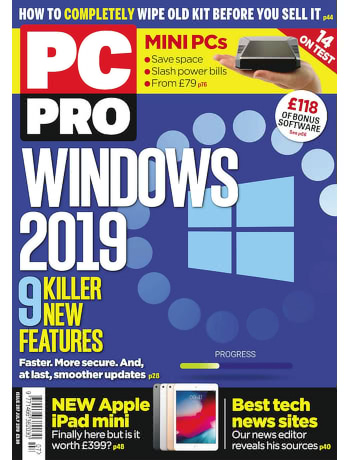
The Nvidia Jetson AGX Orin is a direct successor to the AGX Xavier, which I reviewed back in Issue 190. Like its predecessor, the AGX Orin – or, at least, its Developer Kit incarnation as-reviewed – packs a powerful system-on-module into a compact and actively-cooled casing with reasonable room for expansion, including a full-length PCI Express slot to one side.
Designed for on-device machine learning workloads, the AGX Orin includes a 12-core Arm Cortex-A78AE CPU and an Ampere GPU with 2,048 CUDA cores, 64 Tensor cores, and a pair of NVDLA V2 coprocessors. Add 32GB of LPDDR5 memory and 64GB of eMMC storage expandable via M.2 slot to the base, and you’ve got an absolute beast of a box and one I very much enjoyed putting through its paces.
TheA500 Mini, meanwhile, is also Arm-based – but considerably less powerful. Designed as a follow-up to TheC64 Mini, reviewed in Issue 180, TheA500 Mini swaps Commodore’s popular eight-bit for its Amiga successor. With 25 games pre-loaded – 26 if you download a bonus game and pop it on a USB flash drive – it’s not exactly an exhaustive look at the best the Amiga scene had to offer, but a fun nostalgia trip nevertheless. Special mention must also be given to the bundled peripherals, an optical tank-style two-button mouse and a replica of the CD32 gamepad – both of which can be used on a standard PC as USB peripherals.
Finally, the Amazon Smart Air Quality Monitor is a compact sensor designed to tie in to the company’s Alexa smart home system – to the point where it lacks any form of display of its own, relying entirely on in-app reports and a simple LED on the front which lights up when the air quality drops. Reporting a total of five environmental conditions – particular matter 2.5 (PM2.5), volatile organic compounds (VOCs), temperature, humidity, and, oddly, carbon monoxide (CO) – the sensor is discrete but appears to suffer from a few teething troubles.
All this, and more, can be found in Custom PC Issue 227 at your nearest supermarket or newsagent, online with global delivery, or as a free PDF download on the official website now.









